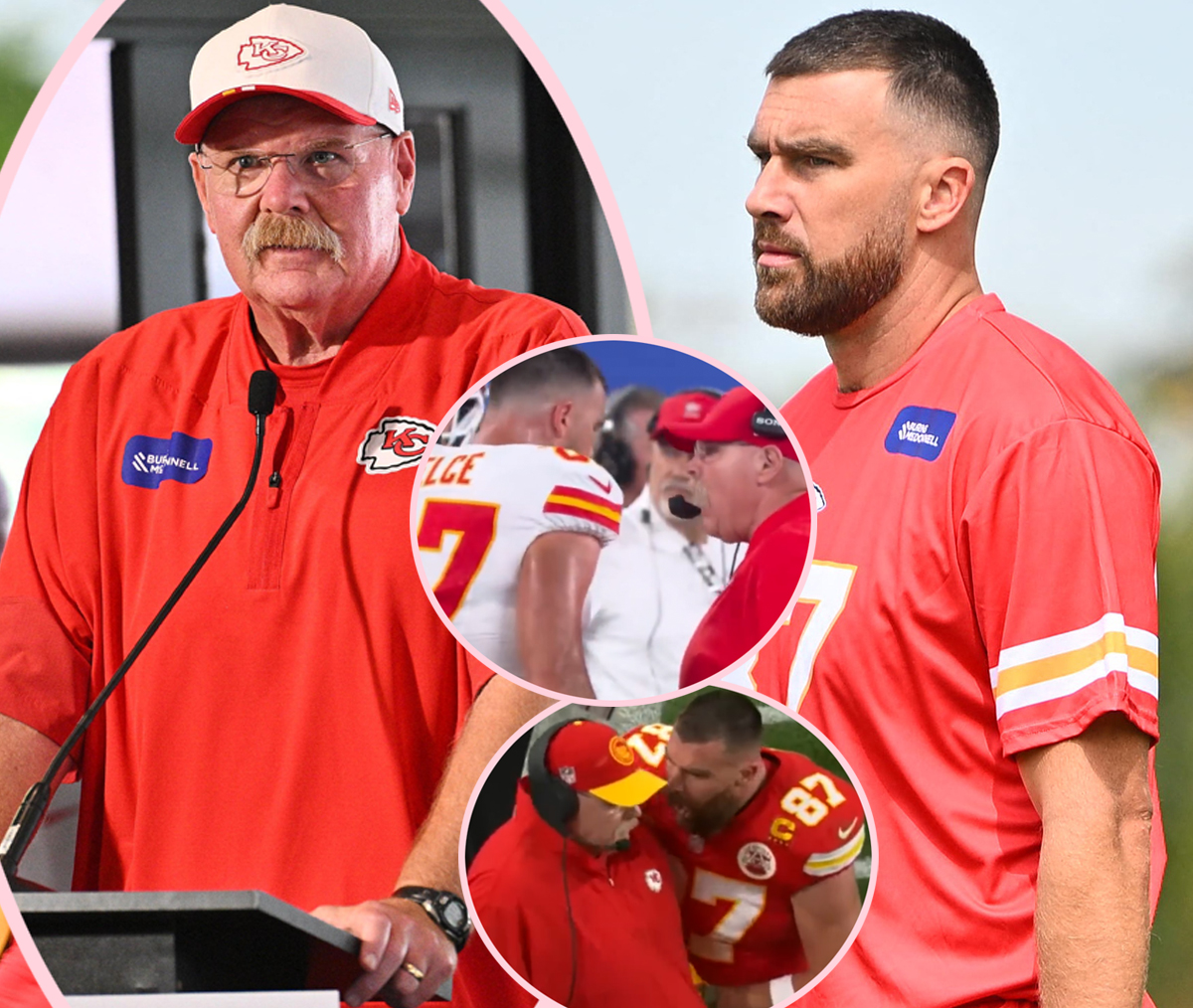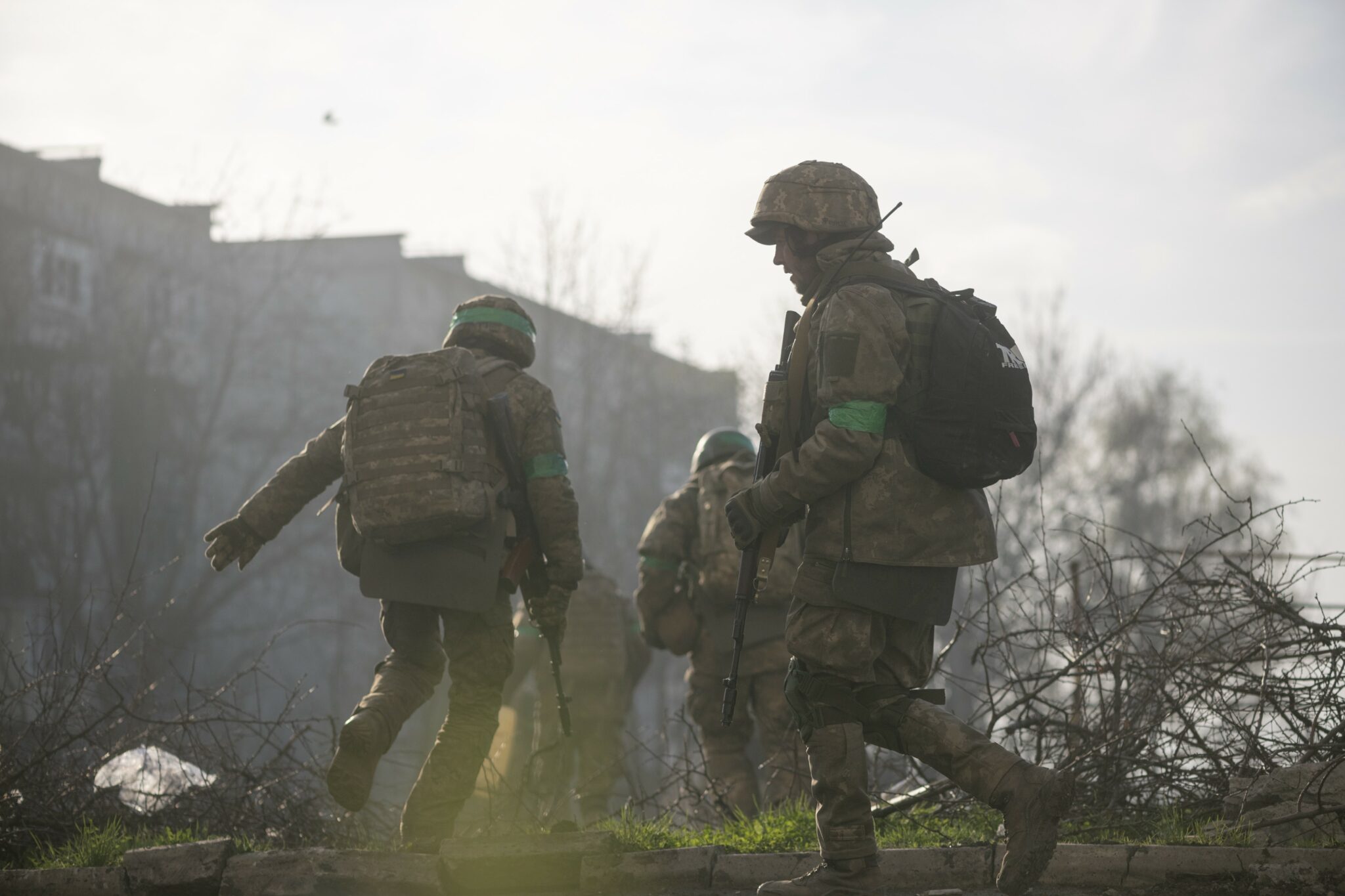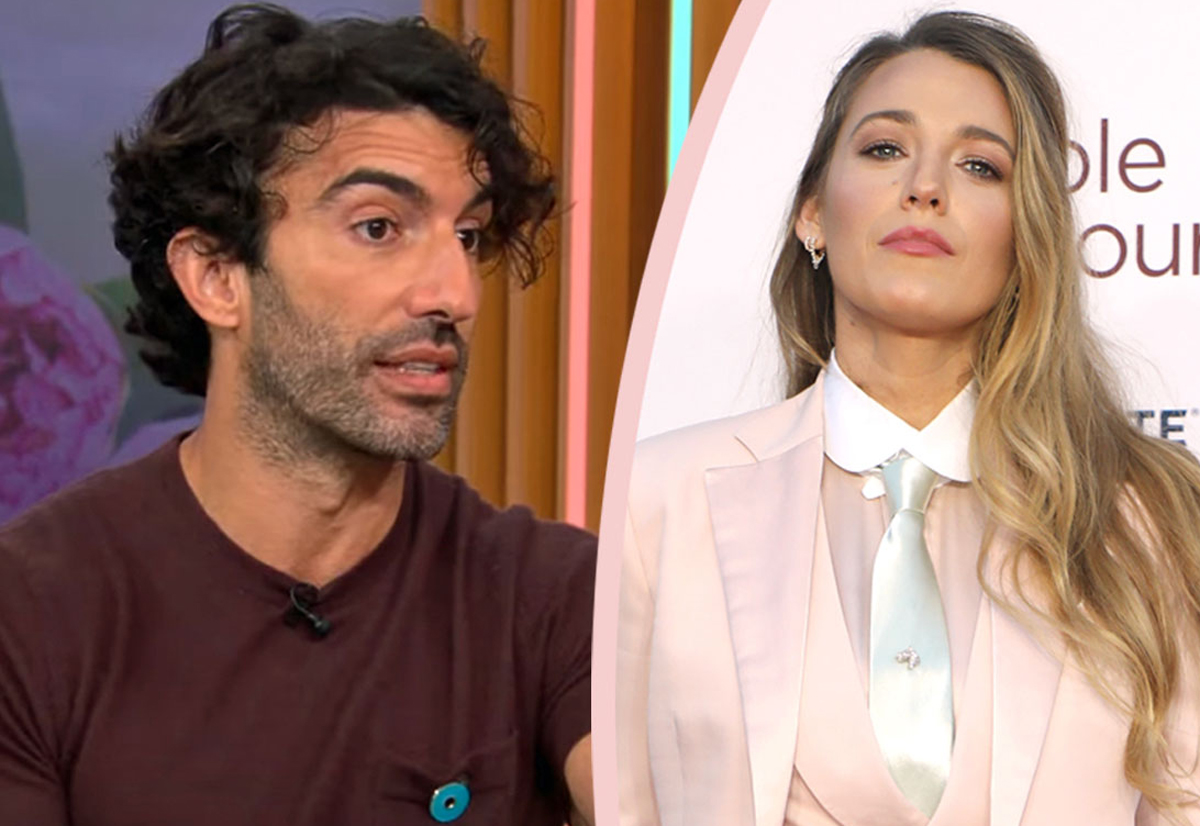While in Boston, he became immersed in the city’s folk music scene and married Pauline Baez, the older sister of the singer Joan Baez. The marriage ended in divorce. In addition to Helen Marden, his second wife, he is survived by a son from his first marriage, Nicholas; two daughters from his second marriage, Mirabelle and Melia Marden; a younger sister, Mary Carroll Marden; and two grandchildren. His brother, Michael, died in 2010.
While attending Yale University’s summer school in Norfolk, Conn., Mr. Marden ventured into abstract painting, He continued to follow that path at the Yale University School of Art, where his classmates included the painters Nancy Graves and Chuck Close and the sculptor Richard Serra. It was at Yale that he began working with a muted palette and pledged allegiance to the rectangle, at a time when many painters, notably Frank Stella, were starting to use shaped canvases.
“I had this whole idea, especially with the monochromatic paintings, of you could get the exact perfect right color for that shape, and if you did, if you really got it right — say, if you had absolute correctness of form — God knows what the painting was capable of doing,” he told Harry Cooper, a curator at the National Gallery of Art in Washington, during a studio visit in 2009. At the same time, many of his titles, referring to people, places or events, invoked a world beyond the painting’s frame.
After receiving a master’s degree in fine arts in 1963, Mr. Marden moved to New York. He found a part-time job at Chiron Press, a silk-screen printing shop, where he worked on the first “Love” poster by Robert Indiana. He was hired as a guard at the Jewish Museum, where a Jasper Johns show greatly influenced his ideas about touch, surface and abstraction. He later worked as a studio assistant for Robert Rauschenberg.
His first monochromatic panels were exhibited in 1964 at Swarthmore College and, soon after that, at the Bykert Gallery. “People were saying, painting was dead. And this was my way of thinking, well, there are things that haven’t been done,” he told Mr. Cooper of the National Gallery.
















